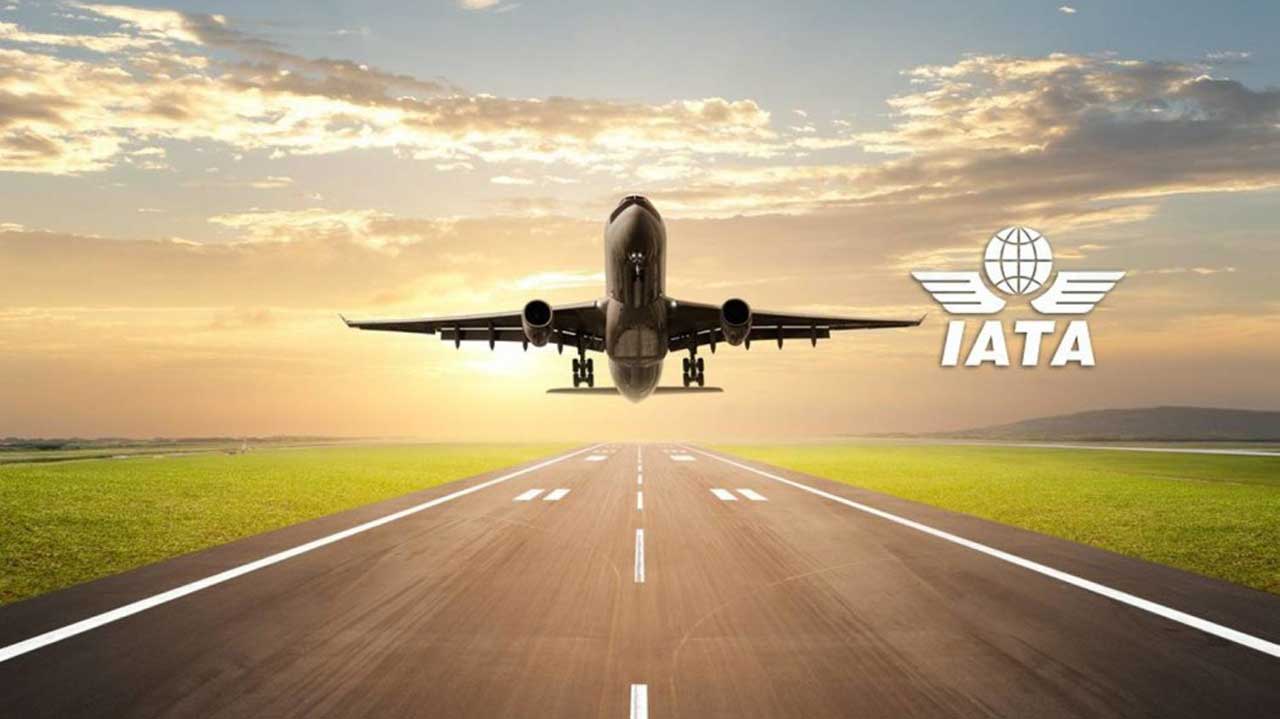- IATA Sees $29.8b Revenue For Global Carriers
The International Air Transport Association (IATA) says it expects the global airline industry to make a net profit of $29.8 billion next year.
Its Director-General and Chief Executive Officer, Alexandre De Junaic said the profitability projection could, however, be hampered by rising oil prices, cost control as well as cut-throat competition.
He said the projected figure puts total revenues at $736 billion, representing a 4.1per cent margin over the performance of this year, with airlines expected to make a return on invested capital of 7.9 per cent.
This is just as African carriers are expected to deliver the weakest financial performance with a net loss of $800 million.
The region’s weak performance, according to Juniac, is driven by regional conflict and the impact of low commodity prices.
He said the capacity for African carriers next year is expected to grow by 4.7 per cent as opposed to the demand growth hovering around 4.5 per cent.
Juniac said: “Airlines continue to deliver strong results. This year we expect a record net profit of $35.6 billion. Even though conditions in 2017 will be more difficult with rising oil prices, we see the industry earning $29.8 billion. That’s soft landing and safely in profitable territory. These three years are the best performance in the industry’s history—irrespective of the many uncertainties we face. Indeed, risks are abundant— political, economic and security among them. And controlling costs is still a constant battle in our hyper-competitive industry.
“We need to put this into perspective. Record profits for airlines means earning more than our cost of capital for most other businesses that would be considered a normal level of return to investors. But three years of sustainable profits is a first for the industry. And after many years of hard work in restructuring and re-engineering the business, the industry is also more resilient. We should also recognise that profits are not evenly spread with the strongest performance concentrated in North America.”
He said expected higher oil prices will have the biggest impact on the outlook for next year for global carriers as jet fuel price is expected to account for 18.7 per cent of the industry’s cost structure .
He said: “The demand stimulus from lower oil prices will taper off in 2017, slowing traffic growth to 5.1 per cent. Industry capacity expansion is also expected to slow to 5.6 per cent.
“Capacity growth will still outstrip the increase in demand, thus lowering the global passenger load factor to 79.8 per cent.
“The negative impact of a lower load factor is expected to be offset somewhat by a strengthening of global economic growth. World GDP is projected to expand by 2.5 per cent. Along with structural changes in the industry. This is expected to help stabilise yields for both the cargo and passenger businesses.’’
This is a welcome development as yields have fallen each year since 2012.
“There is some optimism over the prospects for the cargo business in 2017. The break in falling yields and a moderate uptick in demand will see cargo industry volumes reach a record high of 55.7 million tonnes.
“Industry revenues are expected to rise slightly to $49.4 billion. Trading conditions remain challenging.”
He lamented that governments, however, do not make aviation’s work easy, adding that the global tax bill has ballooned to $123 billion. Over 60 per cent of countries put visa barriers in the way of travel; and the total number of ticket taxes exceeds 230.
“Billions of dollars are wasted in direct costs and lost productivity as a result of inefficient infrastructure. These are only some of the hurdles which confront airlines. Our aim is to work in partnership to help governments better understand and fully maximise the social and economic benefits of efficient global air links.
“ Carriers in Africa are expected to deliver the weakest financial performance with a net loss of $800 million. For each passenger flown this amounts to an average loss of $9.97. Capacity in 2017 is expected to grow by 4.7 per cent , ahead of 4.5 per cent demand growth. The region’s weak performance is being driven by regional conflict and the impact of low commodity prices,” he said.


 Forex3 weeks ago
Forex3 weeks ago


 Naira2 weeks ago
Naira2 weeks ago
 Billionaire Watch2 weeks ago
Billionaire Watch2 weeks ago




 Naira2 weeks ago
Naira2 weeks ago




 Naira2 weeks ago
Naira2 weeks ago




 Naira1 week ago
Naira1 week ago




 Naira4 weeks ago
Naira4 weeks ago




 Naira3 weeks ago
Naira3 weeks ago





















